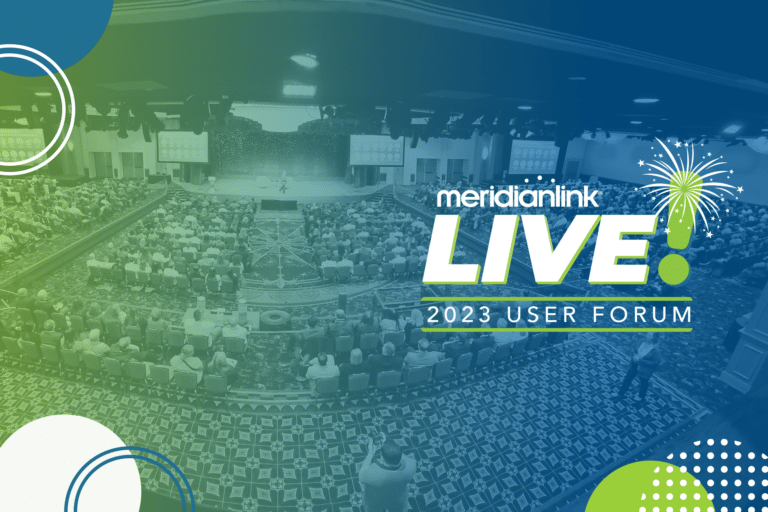While mortgage originations declined 13% between the first and second quarters of 2022, home equity lending increased 35%.
Key factors driving this shift are rising mortgage rates—now at their highest level since April 2002—and a slowdown in the housing market. The result is a new growth opportunity for mortgage lenders.
Home Equity Skyrockets
The average U.S. homeowner gained approximately $60,000 in home equity between Q2 2021 and Q2 2022.
In the second quarter of 2022, total home equity soared to record levels—more than $29 trillion—with 48.1% of mortgaged residential properties in 45 U.S. states classified as “equity-rich,” meaning homeowners had at least 50% equity. That’s good news for mortgage lenders because it means the potential for home equity loans and home equity lines of credit (HELOCs) is strong.
In the first five months of 2022, lenders originated $38 billion in home equity loans and $101 billion in HELOCs, up from $27 billion in home equity loans and $69 billion in HELOCs over the same period in 2021, according to the Housing Finance Policy Center (HFPC).
“With the economics of cash-out refinance worsening amidst higher rates,” HFPC noted, “homeowners are showing increased willingness to use home equity lines of credit (HELOC) and home equity loans to tap equity.”
4 Strategic Advantages of Home Equity Lending
Financial institutions (FIs) entering the home equity market will have strategic advantages over their competitors—especially if they use the right technology to quickly develop, expand, or modernize their home equity lending processes to meet consumer demand.
FIs can leverage these four strategic advantages of home equity offerings to expand relationships with existing customers, gain new customers, and increase revenue:
1. Cross-Selling Opportunities
FIs with existing mortgage borrowers will have an instant market for home equity loans as those borrowers may want to renovate or expand their homes as they wait for mortgage rates to fall. This helps increase the value of borrowers’ current homes, while providing a great cross-selling opportunity to drive consumer lifetime value.
2. Lower Rates & Increased Demand
Because home equity loans and lines of credit are secured against the values of borrowers’ homes, lenders may be more willing to offer lower rates than for most other types of personal loans. This can help increase consumer demand for home equity lending and boost applications.
3. Personalized Banking Services
Targeting offers to homeowners who would benefit from using a home equity loan for debt consolidation is yet another way for FIs to help consumers improve their financial well-being. Borrowers will appreciate and show their loyalty to FIs that provide personalization, consistency, and digital engagement throughout the home equity lending process.
4. Loan Portfolio Diversification
With mortgage applications decreasing, FIs that offer other home lending products will be better positioned to weather the current economy and accommodate consumers’ changing borrowing preferences.
Modernizing Technology Is Critical
It’s no secret that the mortgage environment has changed, but these challenges offer real opportunities for mortgage lenders to shift to home equity lending.
Financial institutions that invest in home equity lending platforms are investing in their long-term success. The right lending technology will prepare mortgage lenders to offer loan products that exceed consumer expectations.
Watch this on-demand webinar, The State of the Lending Industry: Home Equity, to learn more about trends in mortgage and home equity lending.






